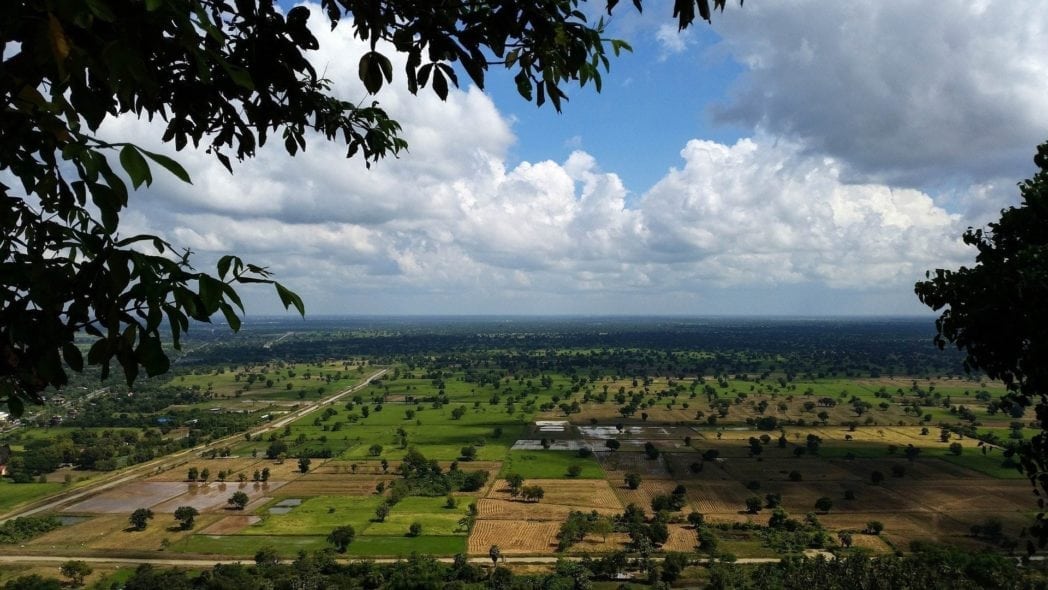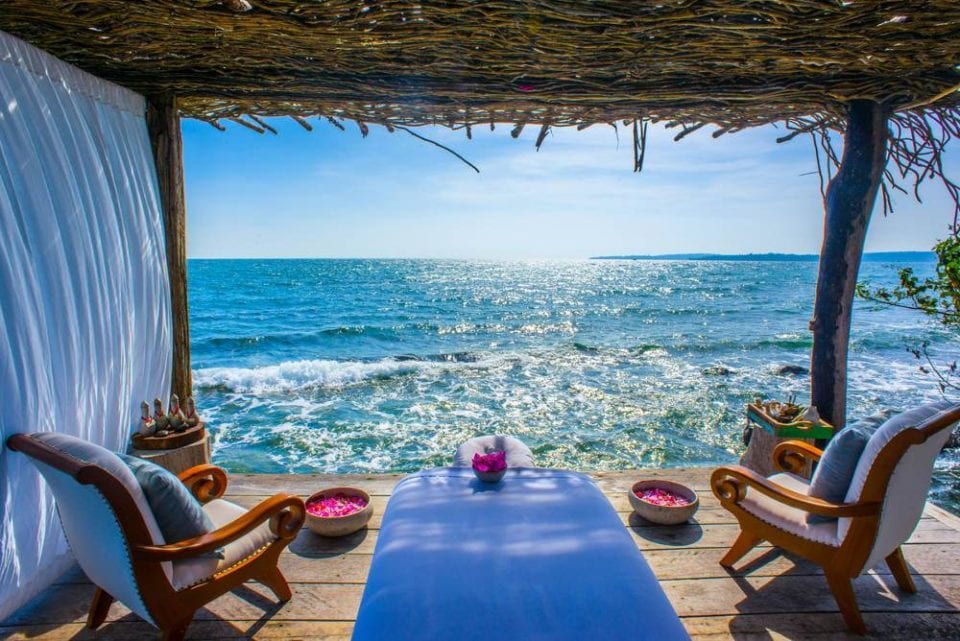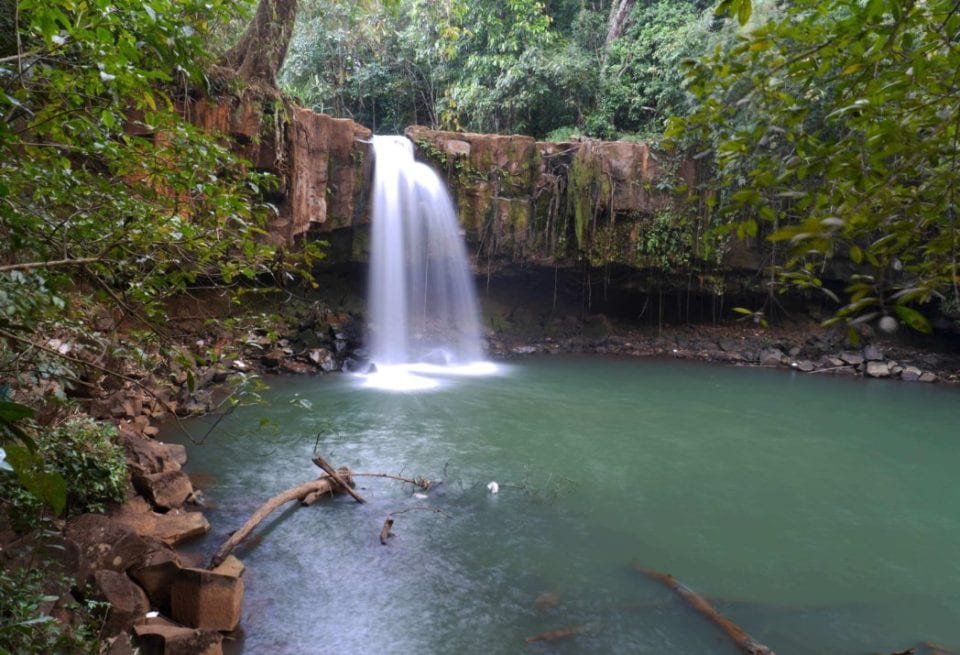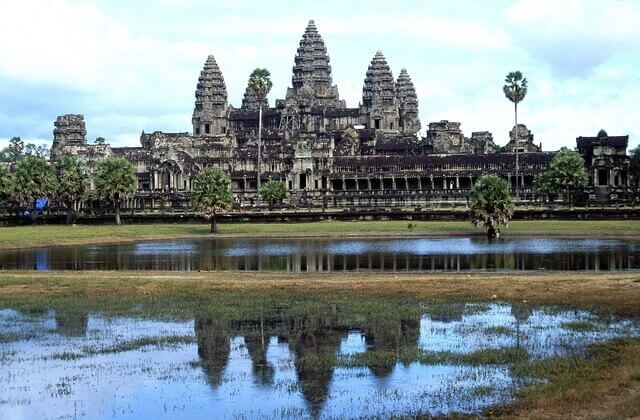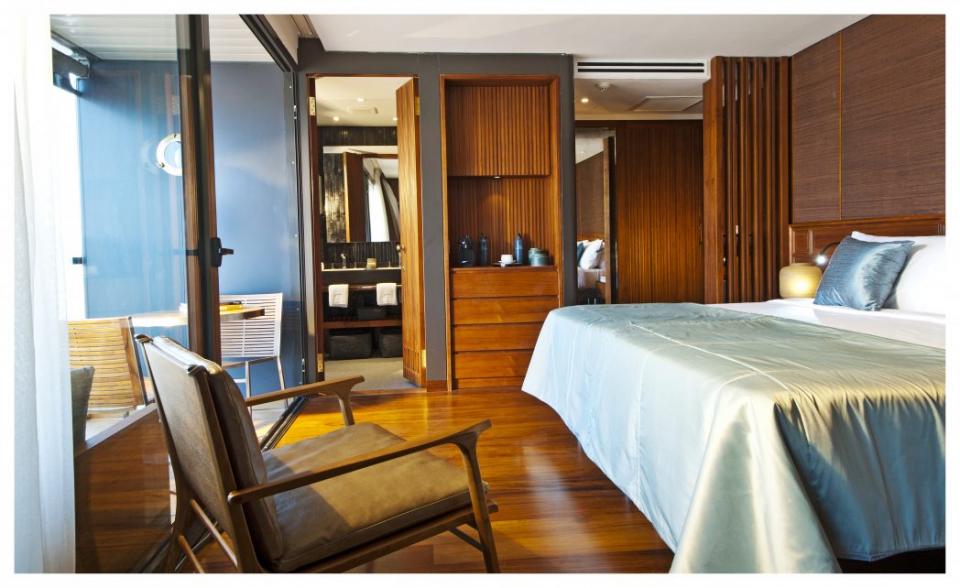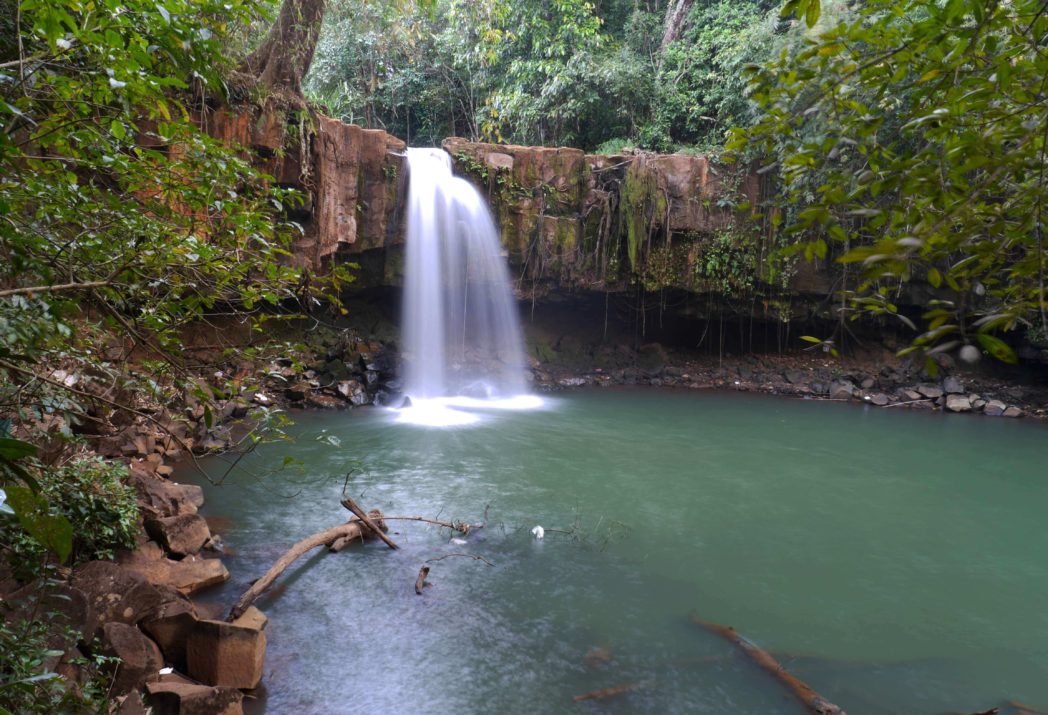
Ratanakiri
Ratanakiri is an isolated and rustic province is located in the north of Phnom Penh. It offers different natural sites with various fauna and flora. In addition to these treasures, there are also several traditional Kroeung villages in the region.
The province extends from the mountains of the Annamite Rangein the north, across a hilly plateau between the Tonle San and Tonle Srepok rivers, to tropical deciduous forests in the south. In recent years, logging and mining have scarred Ratanakiri’s environment, long known for its beauty.
Swim in clear volcanic lakes, shower under waterfalls, or trek in the vast Virachey National Park. The roads are not good so the ideal time to explore is November, after the rains have stopped and before the dusty season begins.
Located in Cambodia’s far north east bordered by Laos to the north, Vietnam to the east, Mondulkiri to the south, and Stung Treng to the west. This rural rugged province is a 70% ethnic minority, which are known as “Chunchiet”. Ratanakiri was as recently as 2002 seriously off the beaten track but has since been “discovered” step by step.
Away from it’s capital Banlung you won’t run into too many other tourists. Ratanakiri is a remote province in North eastern Cambodia worth to visit. The word “Ratanakiri” itself is a derivative of two Cambodian words, which are combined to mean “place of gems and mountains.” The word comes from the Sanskrit words Ratna (gem) and giri (mountain).
There are 8 different hill tribes ethnic groups in Ratanakiri. Most of them live in the deeper jungle, on the hills and covered mountains in small separated villages. Usually they make their living through traditional ways of cultivation (shifting agriculture), hunting and collecting fruits from the forest is a must. These old cultures believe in spirits, derived from their animism beliefs.




